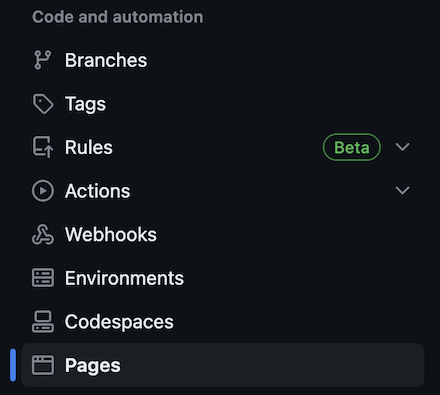JavaScript Method:localeCompare
Lately I’ve been thinking that since Java has an equalsIgnoreCase method, JavaScript must have something similar. This is what I found: the localeCompare method.
Structure
1 | str1.localeCompare(str2, [locales], [options]) |
Note: The Linux commands also has a locale command!
Available locales
language
'en': English
'fr': French
'de': German
'es': Spanish
'ja': Japanese
'zh': Chinese
'ar': Arabic
'ru': Russian
We can also use a combination of language and region subtags to specify a more specific locale. For example:
'en-US': English (United States)
'fr-CA': French (Canada)
'de-DE': German (Germany)
'es-MX': Spanish (Mexico)
'ja-JP': Japanese (Japan)
'zh-CN': Chinese (China)
'ar-EG': Arabic (Egypt)
'ru-RU': Russian (Russia)
Available options
numeric
1 | console.log("60".localeCompare("40", undefined, { numeric: true })) // 1 |
numeric can take one of the two values: true and false
1 | console.log("60".localeCompare("100", undefined, { numeric: false })) // 1 |
With false, both 60 and 100 are treated as normal String objects.
sensitivity
sensitivity can take one of the three values: base, accent, case
1 | console.log("café".localeCompare("Cafe", undefined, { sensitivity: "base" })) // 0 |
caseFirst
The caseFirst option in the localeCompare() method specifies whether uppercase letters should come before or after lowercase letters in the sort order. It can take one of the following two values:
upper: Sort uppercase letters before lowercase letters.
lower: Sort lowercase letters before uppercase letters.
1 | console.log("Ba".localeCompare("AB", undefined, { sensitivity: "case" })) // 1 |
ignorePunctuation
The ignorePunctuation option in the localeCompare() method specifies whether punctuation and other symbols should be ignored during the comparison.
It can take one of the following two values: true and false
1 | console.log("Hello, world!".localeCompare("Hello world", undefined, { ignorePunctuation: true })) // 0 |


